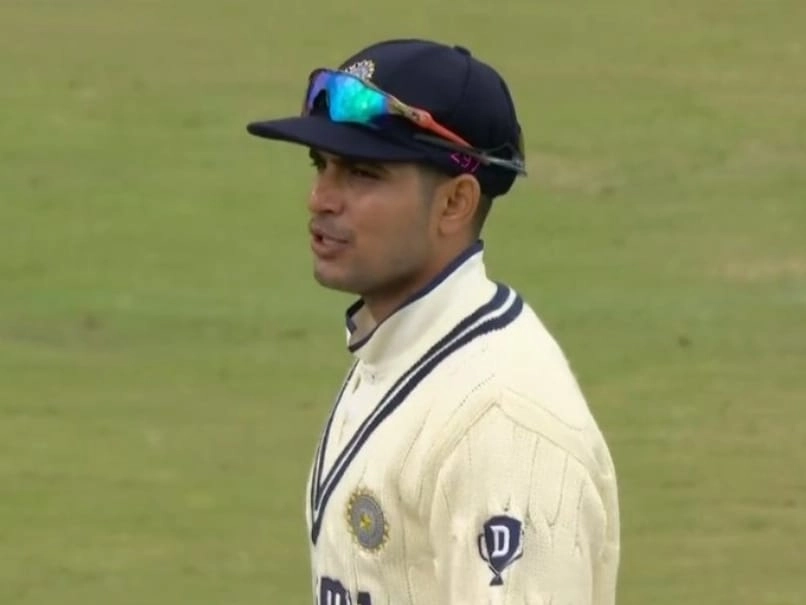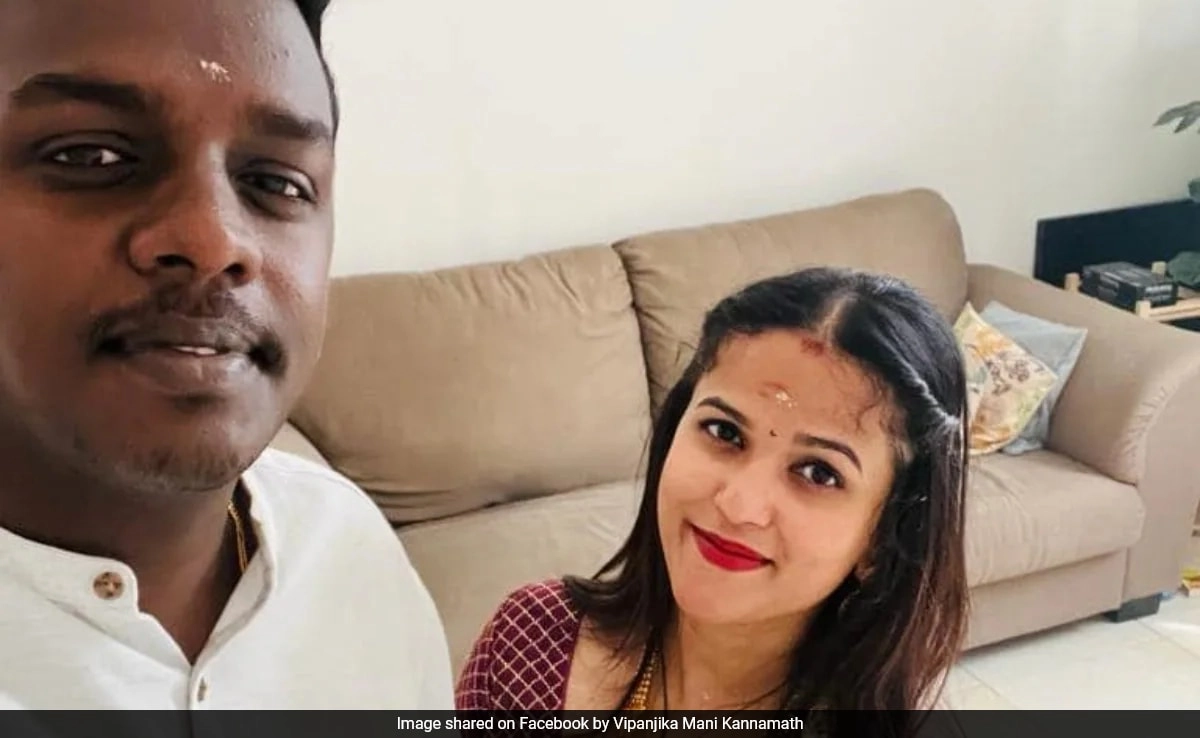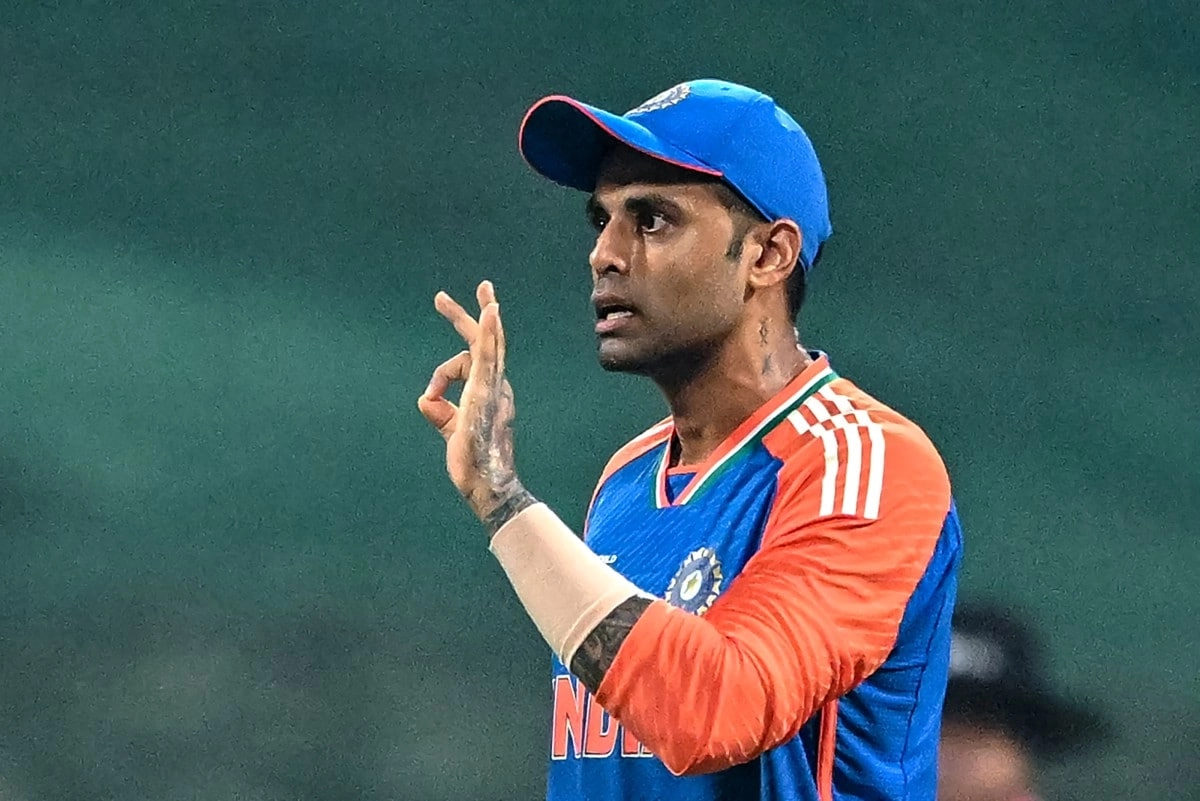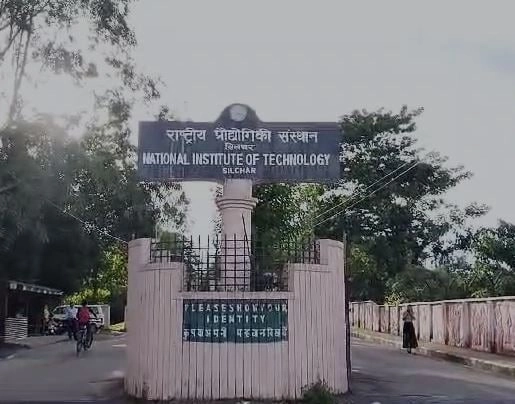The phrase “Ek Taraf Mohammed, Ek Taraf Krishna,” which translates to “On one side is Mohammed, on the other side is Krishna,” has recently caused a stir across social media platforms, igniting discussions and debates among users. This statement, attributed to Indian politician and actor Gill, highlights the juxtaposition of two significant religious figures in Hinduism and Islam. The remark has sparked widespread attention, prompting both admiration and criticism from various quarters. Supporters see it as a call for unity and harmony among diverse religious communities, while detractors argue that it oversimplifies complex interfaith dynamics in a country marked by religious diversity.
Gill’s comment resonates deeply in a nation where religious identities often shape social narratives. By invoking both Mohammed and Krishna, he seems to advocate for a synthesis of beliefs, suggesting that followers of different faiths can coexist peacefully. This perspective is particularly relevant in today’s socio-political climate, where communal tensions can easily flare up. Many netizens have taken to social media to express their viewpoints, with some praising Gill for promoting interfaith dialogue, while others criticize him for attempting to draw parallels between the two figures that they believe may not be appropriate.
The phrase’s virality underscores a growing desire among certain segments of society for a more inclusive narrative that transcends religious boundaries. In an era where divisive rhetoric often dominates public discourse, such remarks can be seen as a refreshing change. They offer a glimpse into the potential for unity amidst diversity, encouraging individuals to look beyond their differences. As the debate continues to unfold, it serves as a reminder of the importance of fostering mutual respect and understanding among different religious communities, which is essential for societal harmony.
In conclusion, Gill’s statement has unleashed a torrent of reactions, reflecting the complexities of interfaith relations in India. Whether one agrees with his sentiment or not, it undeniably raises pertinent questions about the role of religion in contemporary society and the possibilities for coexistence. As discussions surrounding this remark evolve, they may pave the way for deeper reflections on how individuals and communities can bridge divides and celebrate the rich tapestry of beliefs that define our world.




